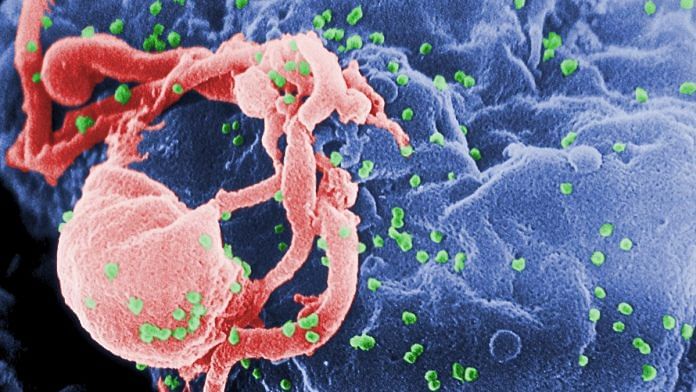Bengaluru: A 66-year old man currently in remission is likely the fifth patient to be ‘cured’ of HIV after he underwent a successful stem cell transplant from a donor with a noted but rare genetic mutation in City of Hope, USA.
The mutation is linked to provide resistance against HIV, protecting the immune system from being compromised by the virus. The patient was first diagnosed with HIV in 1988, and developed leukemia a few years ago, which resulted in him receiving the stem cell therapy in 2019. Tim Brown was the Berlin Patient, the very first man to be cured of HIV
He has continued to remain in remission from HIV for over 17 months since he was taken off antiviral drugs. The findings open up a new therapeutic option for those who suffer from HIV and leukemia. Read more.
Chinese rocket debris falls over Asian waters
Last week, debris from a Chinese Long March 5B rocket re-entered earth’s atmosphere, burning up over the Indian Ocean near Sulu Sea, a body of water between Borneo island and Philippines.
People present at the Borneo island reported sightings of the debris on social media with many believing the pyrotechnics at first to be some meteor shower or comet.
However, since it was an uncontrolled re-entry, its trajectory carried a slight risk of hitting a populated area. Space agencies like NASA have expressed concern that China did not warn the world of a possible debris hit.
The rocket was used to launch a part of the Chinese Space Station, Tiangong, which is being assembled in space currently. Read more.
Also Read: ‘Fluffy’ crab from Australia that wears sea sponge like a hat named after Darwin’s ship
Iceland volcano erupts, might do so for decades
Iceland’s Reykjanes Peninsula offered a dramatic spewing of lava last year and has started to erupt again now after persistent volcanic activity. Experts think that this could be the beginning of a decades-long eruption that constantly spills lava.
The current fissure is very close to last year’s eruption, which lasted for six months and attracted tourists, thereby reviving the tourism industry. While it is currently drawing in people again, authorities have warned the people not to go near it because of poisonous gases. Read more.
World species more at risk than previously believed, says study
While the International Union for the Conservation of Nature (IUCN), which designates the status of endangered animals, has documented over 1,47,000 plant and animal species, there are still thousands that do not have enough data. A new study that examined 7,699 under-assessed species, estimated that 56 per cent of them were likely at a risk of extinction. The new numbers nearly double the current number of 28 per cent of global species that are classified as “threatened” by the IUCN.
Worst is the case of under-assessed amphibians with some 85 per cent estimated to be threatened. Read more.
(Edited by Siddarth Muralidharan)
Also Read: Why newfound ancient marine invertebrate has been named after Zelenskyy



